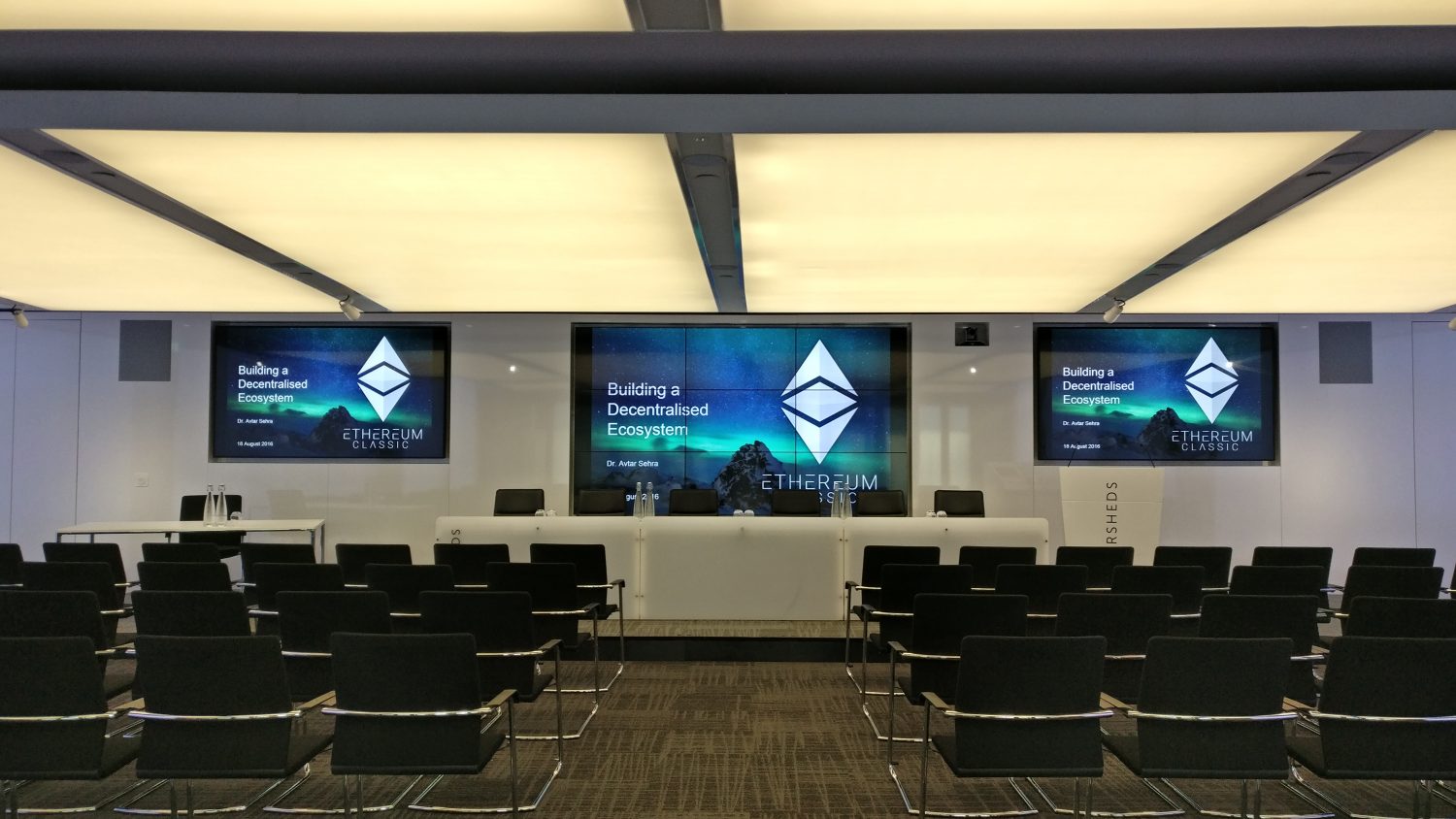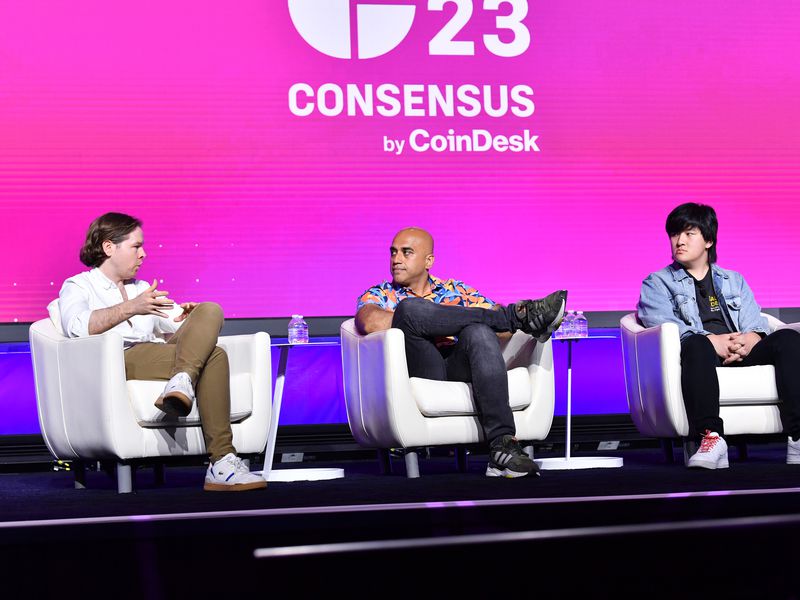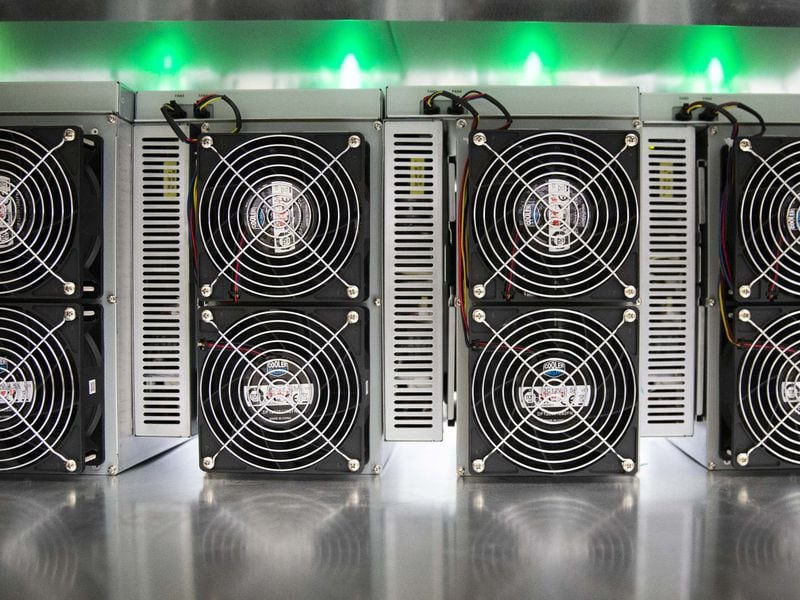The Bitcoin Halving Really Is Different This Time
It’s not often in crypto that you can say “this time is different” in good faith. But this time it really is different for Bitcoin’s halving, slated for next month. As Bitcoin historian Pete Rizzo noted recently, this is the first time bitcoin (BTC) has rallied before the programmatic slashing of block rewards — all three prior halvings (2020, 2016, 2012) preceded a major runup in crypto prices.
This column is part of CoinDesk’s “Future of Bitcoin” package published to coincide with the fourth Bitcoin “halving” in April 2024. It also published in The Node newsletter, a daily rundown of the most pivotal stories and why they matter. You can subscribe to get the full newsletter here.
No one can say for certain how the Bitcoin halving will affect the cryptocurrency’s price; we’re in uncharted territory in terms of technical analysis. Whether the halving accelerates bitcoin’s run-up or terminates it is historic, and a challenge to popular belief that crypto is locked into four-year market cycles of booms and busts anchored to these events.
However, there are a few other ways this Bitcoin halving, the fourth in the network’s lifetime, is already unprecedented.
Transaction fees
Not only is this the first halving when bitcoin’s price has climbed before the event, but it’s also the first time when transaction fees represent a significant portion of bitcoin miners’ revenues. Transaction fees are tied to network use, and ever since the launch of the Ordinals protocol — which enables users to “inscribe” arbitrary data on-chain to make NFT-like assets — network usage is way up.
While this doesn’t say anything about BTC’s price, it could impact how many and what kinds of mining equipment remain active following the halving. Typically the halving is like a wildfire that clears out outdated ASICs that are no longer profitable to run after the “block subsidy” is cut in half.
Most valuable block ever?
The halving will occur at block height 840,000 (a count of how many blocks have been hashed to the blockchain), and already people are predicting that will be the most valuable block to be mined to date. This is related to the point above: Ordinals works by assigning serial numbers to individual satoshis (or sats, the smallest denomination of BTC), which turns a fungible asset like bitcoin into something with provenance, identity and scarcity.
Tristan, the founder of Ordiscan.com, which tracks Ordinals projects, predicts that collectors of these “rare sats” could value the data in block 840,000 at $50 million dollars. Under the “Rodarmor Rarity” system, which assigns value to Bitcoin protocol events like difficulty adjustments and halvings, the first satoshi in the block alone could be worth upwards of $1 million, he wrote in a blog post.
Runes
Because the halving is such a momentous moment for the community, many companies plan launches or announcements that coincide with it. This year is no different in that regard, except what’s being announced is another new token primitive for Bitcoin: Casey Rodarmor’s latest protocol design called Runes.
In short, Runes is an alternative way to launch Bitcoin-based tokens (not dissimilar to altcoins that are launched on Ethereum). There is a lot of attention on the protocol given the success of Ordinals, and already a number of projects have announced intentions to launch their Runes tokens on the first sat of the halving block.
‘Mother of all reorgs’
Furthermore, because the halving block is potentially so valuable, Tristan predicts that there will be a lot of competition for miners to acquire it by any means necessary. “Block 840,000 is worth at least 2 orders of magnitude more than any other block before it,” he writes. “This has never happened before, and dangling that huge money pot in front of miners will make it extremely hard for them to play by the usual rules.”
What this all adds up to is that miners could potentially try to front-run another to acquire the block, in a process known as miner extractable value (MEV). Tristan isn’t the only one to predict a possible “reorg” of the chain. The idea of transaction sniping also came up on Will Foxley’s “Mining Pod” recently, with the “rare sat” in question being valued at a more conservative 10 BTC.









